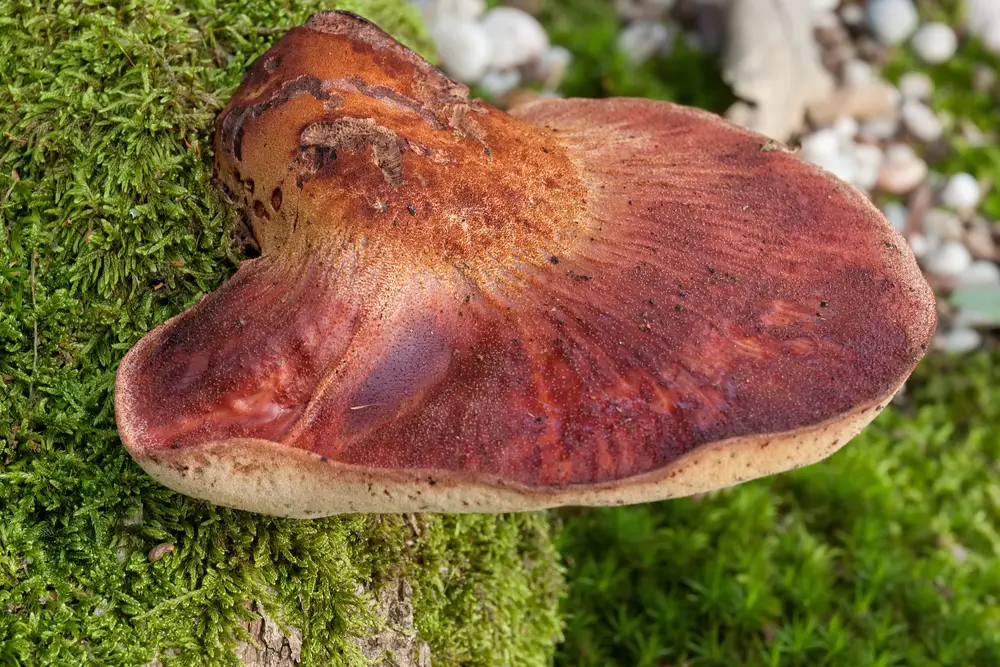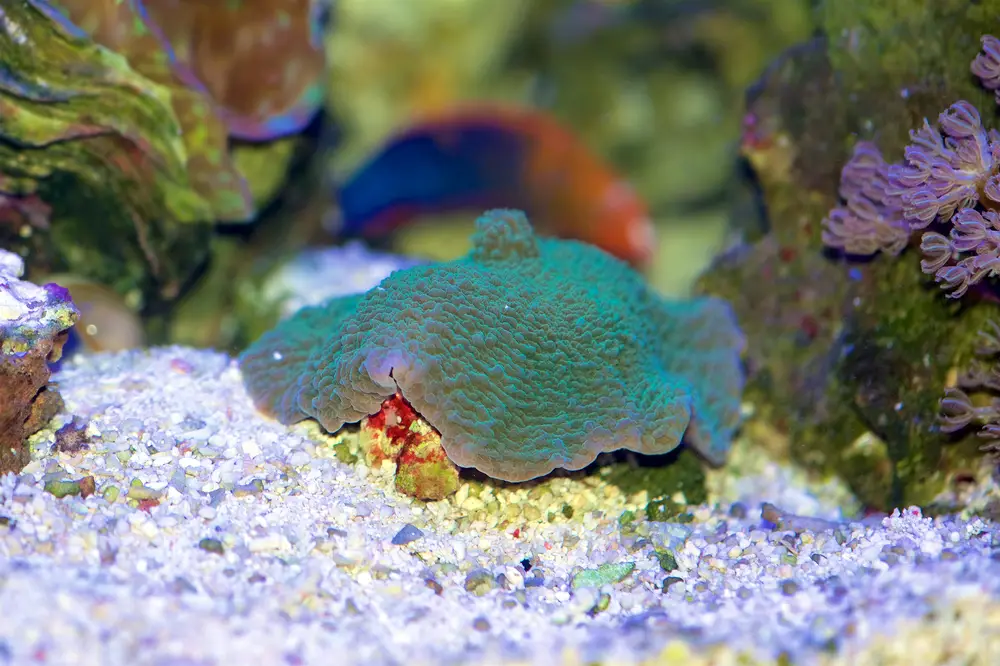The term “elephant ear” refers to the mushroom’s size and the way it folds over on itself.
The genus Rhodactis is home to several different species of this mushroom. Some thrive in water, and others thrive on land. The terrestrial species are toxic to humans.
Elephant Ear Mushrooms – What You Need to Know
There are four categories, Fistulina Hepatica, Gyromitra Brunnea, Rhodactis Mussoides, Gyromitra Esculenta – in case of confusion, and without an expert’s assistance, they should all be regarded as poisonous to humans.
These mushrooms can have a stunning look due to their large size and unique colours.
The aquatic members of this family are attractive choices for use as aquarium plants.
They are sometimes referred to as mushroom “corals.”
The Different Varieties of the Elephant Ear Mushroom
The umbrella name “elephant ear mushroom” refers to several distinct types of mushrooms.
Certain of these fake morels are known by this name because they have crowns that resemble elephants, and some species of these mushrooms grow in water environments.
The following is a list of the four most prevalent varieties of mushrooms that are known as elephant ear mushrooms.
Fistulina Hepatica

The Fistulina hepatica fungus is a form of elephant’s ear known by various names, including Beefsteak Fungus and Ox Tongue.
It is perhaps the least attractive-looking elephant’s ear on the list.
The smooth cap seems to be a dark crimson hue, and its appearance is comparable to that of a piece of raw flesh or an ox’s tongue.
Gyromitra Brunnea
The Gyromitra brunnea is a false morel sometimes referred to as the “elephant ear.”
The cap is wrinkly and lobed, giving it the appearance of an ear or a saddle and a light brown colour.
It is possible to discover this species throughout the eastern and central sections of the United States; nevertheless, if you come across any of them in the wild, you should avoid picking them since they are inedible.
Rhodactis Mussoides

The huge coral is a type of aquatic mushroom that can grow up to 10 inches in diameter and functions as a living plant in aquariums.
It has a leafy top and develops into enormous proportions.
This organism is also known as gigantic flower coral, huge disc anemone, or giant cup mushroom. Another name for it is elephant ear mushroom.
It is important to note that the specimen is a carnivore and that it favours a food consisting of a diet of smaller fish.
Gyromitra Esculenta
Fungus belonging to the genus Gyromitra, the Esculenta variation has a dark red and brown cap that conforms to the expected elephant ear shape.
In certain instances, the cap appears like a brain rather than an ear.
Additionally, it is a fake morel, which indicates that it is inedible to some degree.
On the other hand, it is possible for individuals to consume Turban Fungus provided that it has been thoroughly cooked and dried.
Some Elephant Ear Mushrooms Are Edible
You might be curious to know if elephant ear mushrooms are edible.
The variant of Fistulina hepatica and Gyromitra esculenta are two examples of those for which the answer is “yes.”
However, it will need to be treated appropriately for the mushroom to be edible.
It is well documented that false morels have the appearance of real morels.
Nevertheless, they are poisonous and can cause various adverse health effects, including diarrhea, dizziness, vomiting, and even death.
If you come across a mushroom that resembles an elephant’s ear, but you are uncertain, do not touch it or gather it to consume at a later time.
There are recipes to be found on the internet for Elephant’s ear mushrooms.
However, if you’re uncertain whether or not you have found a genuine Elephant’s ear or a false one, then rather limit your mushroom consumption to those found in a market or grocery shop because experts agree that these varieties are risk-free.
When gathering and consuming wild mushrooms, such as Morrel mushrooms, rather err on the side of caution as a result of the potential for contamination and toxicity.
You must avoid touching or eating any fungi you encounter in nature unless you do it under an expert’s supervision.
Final Thoughts on Elephant Ear Mushrooms
We cannot stress sufficiently how important it is to be vigilant when dealing with mushrooms – especially ones that are not well known to you.
Proceed with caution or retire to a safe distance and be further advised by an expert.
Safe Gardening to everyone!
Read More:

